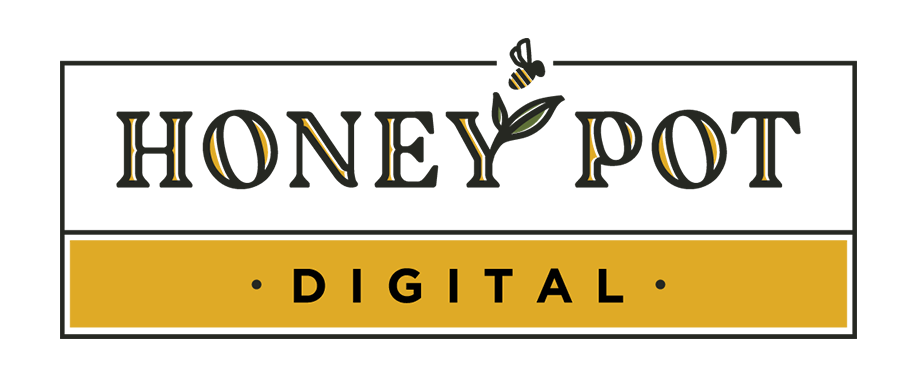Is Your 2023 Marketing Strategy Resilient?
Season 3, Episode 1
To be a marketer, and a business owner, you need to be resilient to change. The upside is there are always other options, but capitalising on something while the going is good is the best way to skip out on disappointment.
In marketing, we tap a platform for its organic resources, then it’s paid ones, and keep our fingers in the pies just in case, while constantly switching up the tactics we implement. The high level strategy stays the same, while the specific side of the strategy and the tactics change constantly. Evolution is massive.
You can complain about how Instagram has changed in a way that is negatively impacting you, for a time, and then you need to move on. What you can’t complain about is that change is happening. It will always happen, if platforms don’t change the behaviour, pop culture, new platforms and trends will change it anyway. How you react is the only part of the game you can control.
Instagram changing features actually helps new marketers, because they are forcing you to make change towards what works, so its less likely businesses will have a strategy delivered through 5 year old marketing tactics. People still do those outdated things, but the platform is at least pushing them in the right direction.
To be able to consistently making change, the best place to start is your marketing strategy.
A marketing strategy isn’t just a combination of a bunch of tactics.
A strategy should continue to exist whether Instagram flips the tables over or not.
This allows your strategy to remain resilient, even when the tactics have to be thrown out the window.
Now the tactics are a key part of keeping the strategy relevant and timely, and they’re key to executing the strategy but…
A marketing strategy itself defines…
Your brand and its personality
Your target audience and your perfect customer
What they need from you
The type of experience you want people to have
Your message and how you can word it so people share it for you
How you deliver your offer, and what you prioritise throughout that process
How you’re best to generate testimonials and word of mouth after your paid experiences
How you’ll balance platforms you own and those you don’t
How your marketing bleeds into customer service, sales, and your actual offer, and what influences what
How you’ll be consistent in your marketing either constantly, or seasonally
What you’ll talk about, often referred to as topics, content pillars or content buckets
How you’ll create a funnel or customer journey throughout your chosen avenues
This information leads which tactics you choose to try including
How you’ll engage potential clients and customers
Where the right places might be, for now, and the top line of how you’ll do it
Your strategy, when documented will have tactics in it. But the tactics are the part that changes, week to week, month to month and so on. Some tactics are used for such short periods of time you might not even document them. Others stay operational for years, and slowly evolve over time. You’ll use analytics to tell when something isn’t working as well as it used to, since these platforms generally aren’t nice enough to announce when they no longer prioritise something. Other things will change because of a drop off in audience engagement that doesn’t relate to an algorithm shift, which can also tell you information about how your audience is engaging with your content. Not everything is the fault of artificial intelligence and sometimes you’ll need to take responsibility for the quality and quantity of your content.
Even the volume you post is up for discussion. We all saw that with the TikTokification of the internet, brands went from posting once a day on Instagram to 5 times a day on TikTok.
The other parts of your marketing that will be adapted through various tactics are the
Time of day
Formats of content and where you post them
Who is featured in your content
How you create discoverability
How you attract new people
and How you get new people into your funnel, from one place to another
In theory, having a podcast can be a tactic, or an entire business model. It can be part of the puzzle or the entire framework. Same as YouTube, it can direct people to your website, but you can also get paid for ad views on your content and structure your business around that income. You’ll need to decide how much time you want to dedicate to those platforms. They could be another income stream, but only when they’re big.
Not all platforms will pay you once you get big enough. Others can pay you, but that’s not your ultimate goal. Your platforms might instead serve to grow buzz and attention around the rest of your business. Your strategy helps you to stay in line, and not get shiny object syndrome when you see someone who is doing really well on a certain platform. Because reality check, you have no idea if their content is their business. Ultimately this business model decision happens one step above your marketing strategy, but it is these types of blurred lines that you define up front. If something unexpected happens, like your podcast starts to demand ad sponsors that outweigh the money you’re making from your services, you might switch this up, or grow a team dedicated to the podcast, so your time is still spent in the business, with the same amount of time spent on the podcast even as it grows.
Your tactics then define the nuances. You might only post to Instagram in the morning, or post 2 Reels a day, one pre-scheduled that you batch recorded, and one based on a Trend and recorded in real time. Or you might decide that the impact of those trends on your audience is slowing, so you reduce that down to 2 per week and ramp up the strategic, planned content.
You might wait 24 hours after a series of Instagram stories before posting your next one.
You might wrap up your YouTube video in 4 seconds or literally 0 since people click out as soon as you start wrapping up.
You might adapt how you say a call to action, because you learn that some phrasings don’t hit the mark, or because you craft a new email opt in, as part of a tactic.
These tactics are an important part of your marketing, they help to elevate your content and break through the noise, but only temporarily and this is why they don’t constitute an entire strategy on their own.
As marketers, we take what works and discard what no longer serves us. Change is the point, it’s what keeps things fresh, but what you offer and who to can’t change that much, or there’d be no consistency.
Now that’s not to say that your core strategy won’t shift too. Over time, as the world changes, your target audience, your offering, your customer experience will also improve and evolve, but it’ll be a much slower process. Your strategy might be revisited every year, but those tactics can get thrown out any day of the week.
So next time Instagram announces a big shift, or a new app gets brought up enough that you know you need to jump on it, open up your strategy document, and start brainstorming. You’re not starting from zero anymore, but you’ll also have two feet firmly on the ground, instead of being taken wherever the wind goes.
One element of how you execute your strategy may have shifted, but through some diversification, and having a clear eye on the big picture, you’re better equipped to take those changes in your stride, and have a clear idea of what you want to achieve with the new tactics you’ll consider adding in.
If you don’t have a strategy document to pull up, now is the time to get started on one, either on your own, or by working with a strategist like me. Don’t wait to do it til a time when you’re actively trying to evolve from a key shift, because thats the time where you’ll need the benefits of the jumping off point, so you can allocate all your brain space to the actual task at hand.


